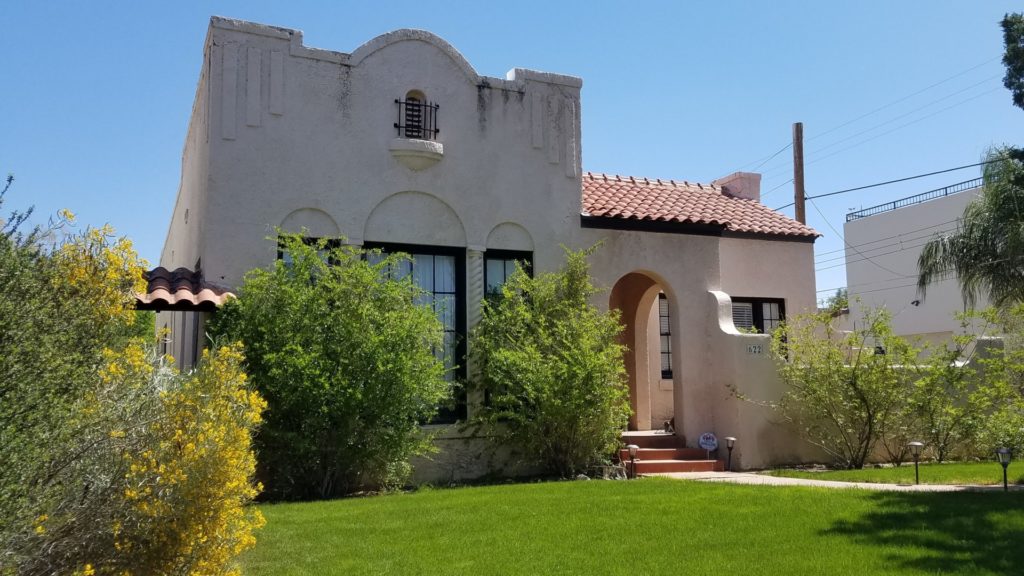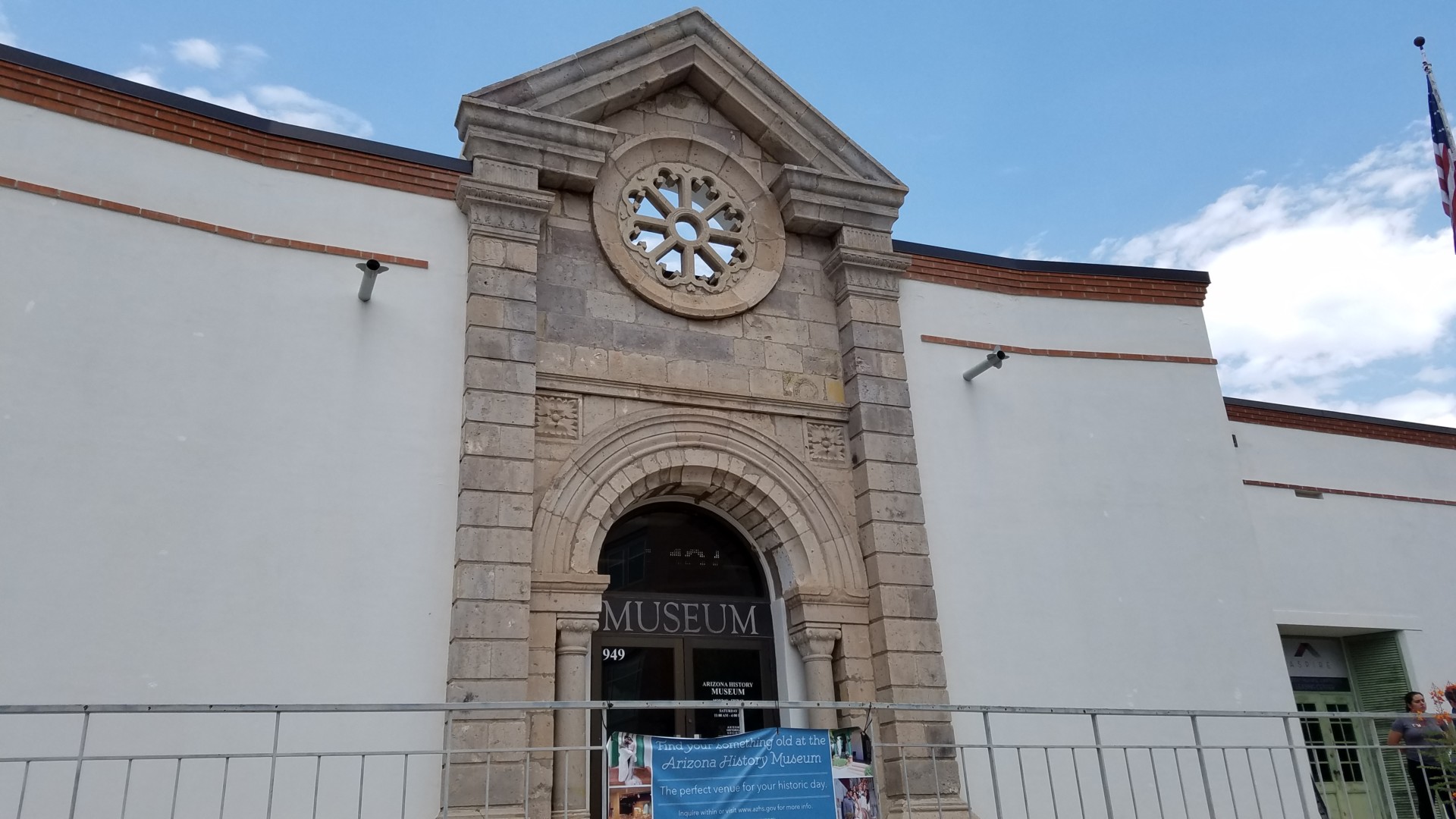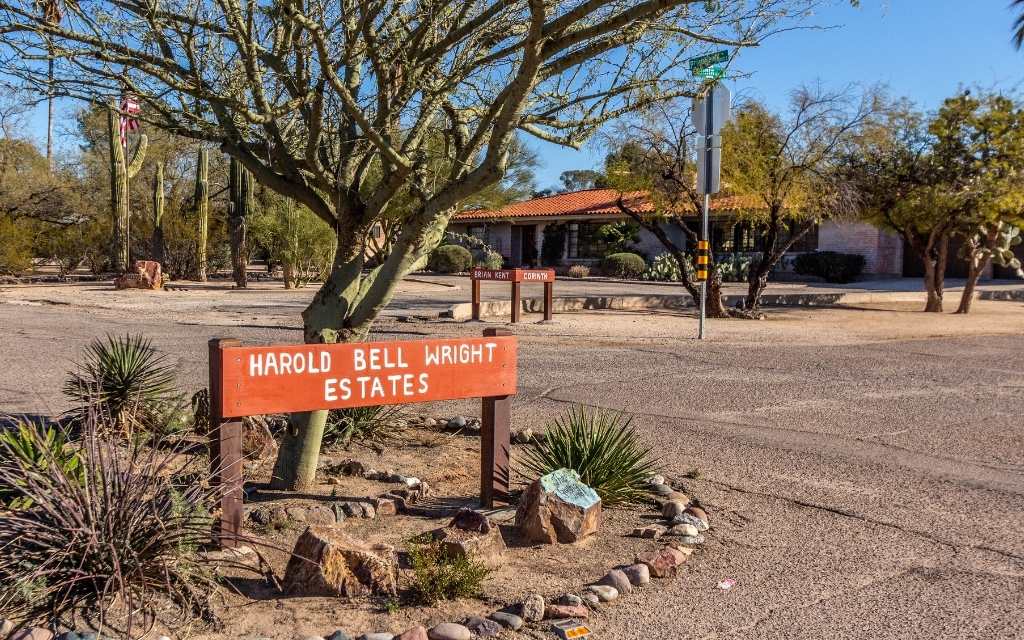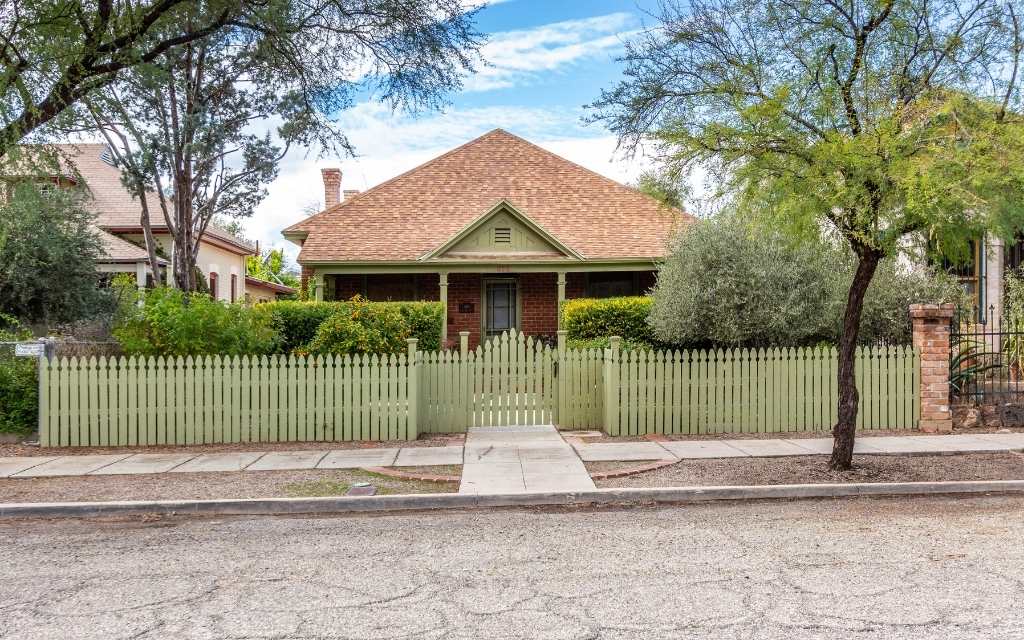Last Updated on May 18, 2020 by Kim Labriola
Many people are curious about the history of their house. Who lived there? What did they do? How many owners have lived here before? Who was the builder? Who was the architect? But how exactly do you find the history of a house?
Uncovering the house history can be similar to trying to research your family’s genealogy. It will take a lot of patience, but it can be very rewarding! Just take it one step at a time.
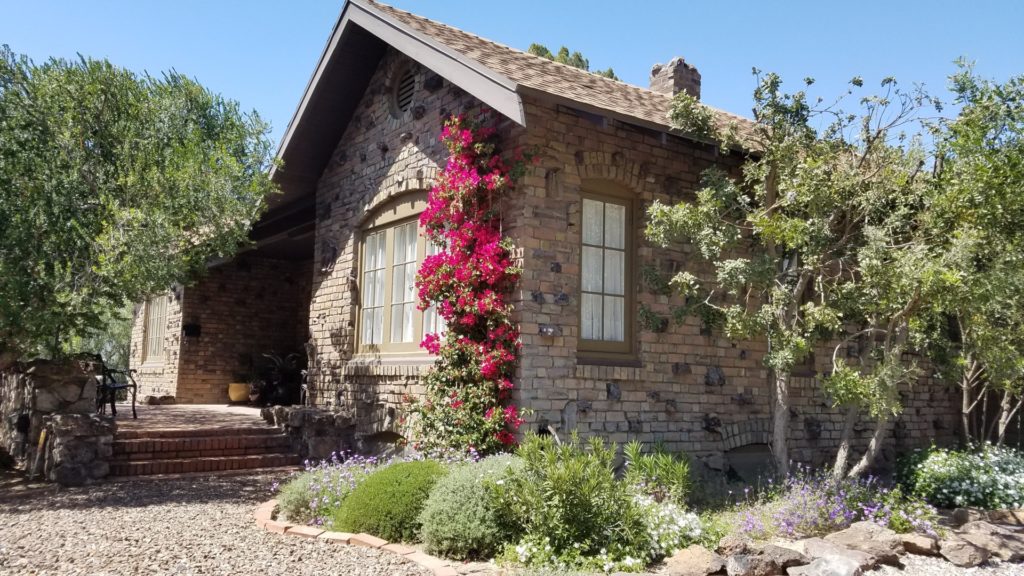
Interested in buying or selling a home in Tucson? Contact us to go over your needs. 520-975-8956 or Hello@RealTucson.com
How to Find the History of a House
- Talk to neighbors: Neighbors (and businesses) that have been in the area for decades can be a wealth of information about the history of a neighborhood and about the former owners of your property. Don’t forget to take notes to use for research later.
- Read historic designation documents: If your lucky enough to live in one of Tucson’s historic districts, you should read the historic district documents for your neighborhood. They can give you background information on the area. And with any luck, the documents may even mention something specific about your home.
- Visit the City of Tucson Records Department: Unfortunately not everything is available online, so this step requires a field trip. If your home was built within Tucson city limits, stop by the City of Tucson Records Department to see what they have on file on microfiche for your property. You might be fortunate enough to find the house plans. Otherwise, you may find some information on permits that have been granted over the years. This is one way to learn the names of the previous owners and learn when things were done to the house.
- Research old deeds: Deeds are the instrument that transfers ownership of real estate from one owner to another. You’ll want these records to establish a chain of title for the home. Deeds will tell you who the seller (grantor) was and who the buyer (grantee) was for a particular sale of the house.
- Research property tax information: Property tax assessments will also give you names of owners and the amount of the tax assessment which may clue you in to improvements that may have been done that impacted the property value.
- Look through old city directories: Up until the early 1960s, City Directory books were published with extra information compared to the phone books many of us grew up with. Often these books would tell you the occupation of the owner and how many people lived in the home. Some of these directories were organized by street address as well as by last name. City Directory books can be found in the Library and Archives section of the Arizona Historical Society near the University of Arizona in Tucson.
- Write it down: Make sure you document your findings by taking detailed notes. It’s helpful to keep a spreadsheet with the information you find. Record dates, names of owners, and other notes. Use these names as keywords to search online and in online newspapers.Add image
- Read old newspapers: Old newspapers can be helpful for learning about the house history. And many newspapers are now archived online. You can try searching by your address, neighborhood, or builder and see what you find. You can also search for the names of the previous owners. Obituaries, birth, wedding announcements, and engagement announcements can give you more details about the people who lived in the home, what they did, and their background.
For my house, I found out that my home was actually built in 1954, not in 1957 as stated on the MLS data sheet when I bought my home. I also learned that in 1958, the owner of my home won dinner at Lucky Wishbone! See, you never know what kind of fun tidbits you may find. - Visit the library: The library has quite a few books about Tucson history and a few about specific neighborhoods. Some may be available for check out, while others are for in-library use only. Check the main public library downtown, the University of Arizona library, as well as the library in the Arizona Historical Society Museum. And don’t forget to ask the librarians for help. They are a wealth of information!
- Search birth and death certificates: If you were not able to find any obituaries or birth announcements, you may learn more about the previous owners by doing a little genealogy research using birth and death certificates.
- Inspect your home and dig around (literally): In old homes there may be many layers of wallpaper, paint, or even flooring. Sometimes items can be buried inside a wall or attic. When undertaking a remodeling project, pay attention to what you uncover. It might be a clue.
While gardening, you might dig up an old bottle from decades ago or maybe a pottery shard from a Native American settlement. In the Indian Ridge Historic District, residents occasionally find bits of Native American artifacts in their yards while digging around. How cool is that?
Interested in buying or selling a home in Tucson? Contact us to go over your needs. 520-975-8956 or Hello@RealTucson.com
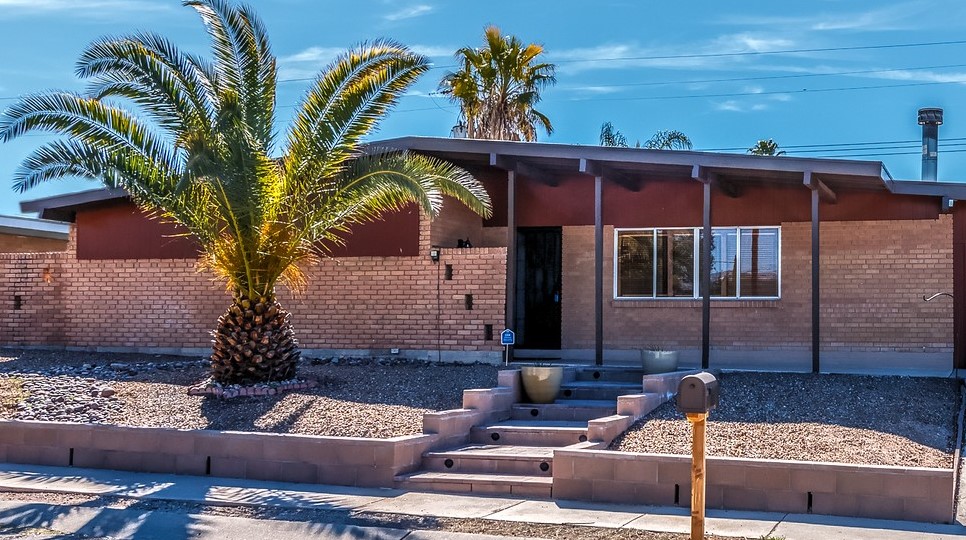
Are you trying to research a home that you want to sell? If your work with us on the sale of the home, we may be able to assist you. Contact Nick Labriola for details: Nick@RealTucson.com or 520-975-8956
Related Articles
Villa Catalina: Tucson’s first condo community
Villa Catalina: Mid-Century Modern Condos Villa Catalina Apartments are one of the most recognizable communities…
Joesler: Tucson’s most well-known architect
Joesler and the Murpheys Josias Joesler is arguably the most well-known Tucson architect. Originally from…
Winterhaven: Tucson’s most festive neighborhood!
About Winterhaven neighborhood Winterhaven is easy to identify with wide streets lined with large evergreen…
Harold Bell Wright Estates: Behind the Name
Harold Bell Wright Estates, located near Speedway Boulevard and Wilmot Road in Tucson, has a…
Sam Hughes: A Favorite Historic Neighborhood
About Sam Hughes Neighborhood Sam Hughes was a Tucson merchant who arrived here in the…
Armory Park: Downtown Living at it’s Best
About the Armory Park Neighborhood Neighborhood style Armory Park is defined by wide streets and…

